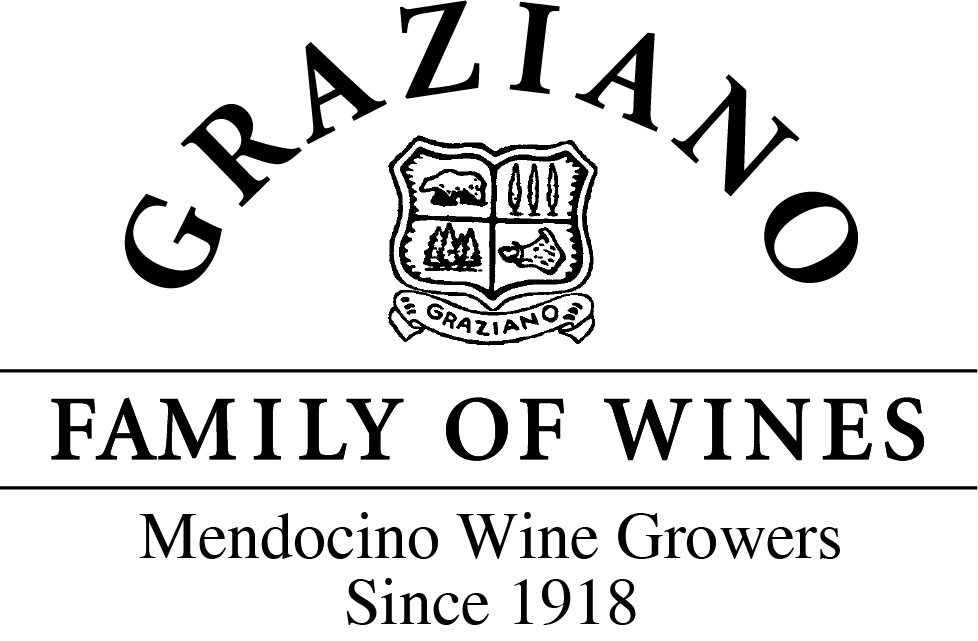Corporate vs Family Wineries
In today’s modern business world it is getting more difficult for a family business, such as the family farm, vineyards and wineries to compete with the large corporate businesses that now dominate our world. These large corporations control every aspect of the wine business from the large mechanized flat-land vineyards, the large mega tank farms that contain many hundreds or thousands of tons of grapes and even in the distribution network, their tangled web control hundreds of distributors nationwide and internationally. In this current political climate, the government has made it easier for the large corporate business to compete with tax breaks and incentives that are not available to small businesses thus making it more difficult for the small business to compete. What do these large corporations contribute to the wine supply and the consumer? Frankly, it gives the large grape growers access to a steady (sometimes) home for their grapes and wine. It also gives the large package stores and distributors access to a steady supply of consistent homogenous wines.This is good for the non-discerning wine consumer who wishes to drink wines with little character or wines that do not show their region, terroir and varietal distinction. The problem with this is that this corporate wine has dumbed-down the character of wine and the consumer becomes used to what they may believe is truly quality wine. As a wine drinker who drinks wine from all over the world from many different venues, I can attest to this homogenization and normalization of wine in the world. I can’t tell you how many times I have been disappointed with supposed highly rated and expensive wines, mainly from the new world. As a consumer of wine, what do you do to purchase wine you enjoy and also get the quality and value of wines you’re used to drinking? One way is to inform yourself about the wineries you are buying wine from. Help and support the family vintner by educating yourself on the web about what you are drinking. Also, read the back label. If the wine solely states “Bottled by”, “Made and Bottled by”, “Cellared and Bottled by” or “Vinted and Bottled by”, chances are this winery did not make all, most or any of this wine or it was blended from many of their corporate affiliates. The winery may have also bought the wine in bulk from other wineries. We often crush and produce wines for growers that cannot sell their grapes then sell this wine to other wineries. We may also sell wines to other wineries we feel are not up to our quality standards. This is how many large corporate companies and or négociants produce wines they sell to the consumer. Wineries can and often do produce good wines with this method but the results are often not consistent. To support the small family producers, look on the back label for the words “Produced and Bottled by”, meaning that the winery crushed, fermented, produced and bottled 95% of the wine in the bottle at their winery. Unfortunately, this is not always a guarantee of a quality wine. We all must remember that with wine and many other things “Beauty is in the eye of the beholder”.
Chocolate, Vanilla and Strawberry. If you’re like me, someone who has been drinking wine every day for almost 50 years, you can grow tired of drinking the same variety of wine. The large corporate wineries would make you believe the only grape varieties that exist are Chardonnay, Cabernet Sauvignon, Sauvignon Blanc and now Pinot Noir. This is another reason to support the small family winery; diversity. As you all know it is wonderful to be able to drink many of the unique wines we produce, especially because of the large variety of food they can compliment. It is also one of the reasons I drink wines from all over the world - to get this variety. Unfortunately, this Chocolate, Vanilla and Strawberry mentality, has perpetrated many native varietal wines all over the world. Why you ask? I believe solely to persuade the American wine drinker (the world’s largest wine market) to try their unique wines. I ask why blend Cabernet in Sangiovese? Why blend Syrah into Xinomavro or Chardonnay into Grillo? Piero Antinori, an acquaintance of mine, who is the highly esteemed patriarch of the 500-year-old House of Antinori in Italy explained to me, we started putting Cabernet into Sangiovese to give the wine more color, more richness and more of an international appeal to the wine. Today he admits, we should have and now are making better wines from Sangiovese and other native varieties to make them more appealing. But alas they still use a lot of Cabernet in Italy. Some of it very good by-the-way, but much different than France and California.
In closing, it is important to support the small family farm, vineyard, winery and all small businesses which help keep diversity, quality and integrity in our way of life alive and well. America was and is still being built and innovated by the small idealist business person even though it is getting more difficult as the years go on. We thank you as always for your support!
All the Best! — Greg Graziano
